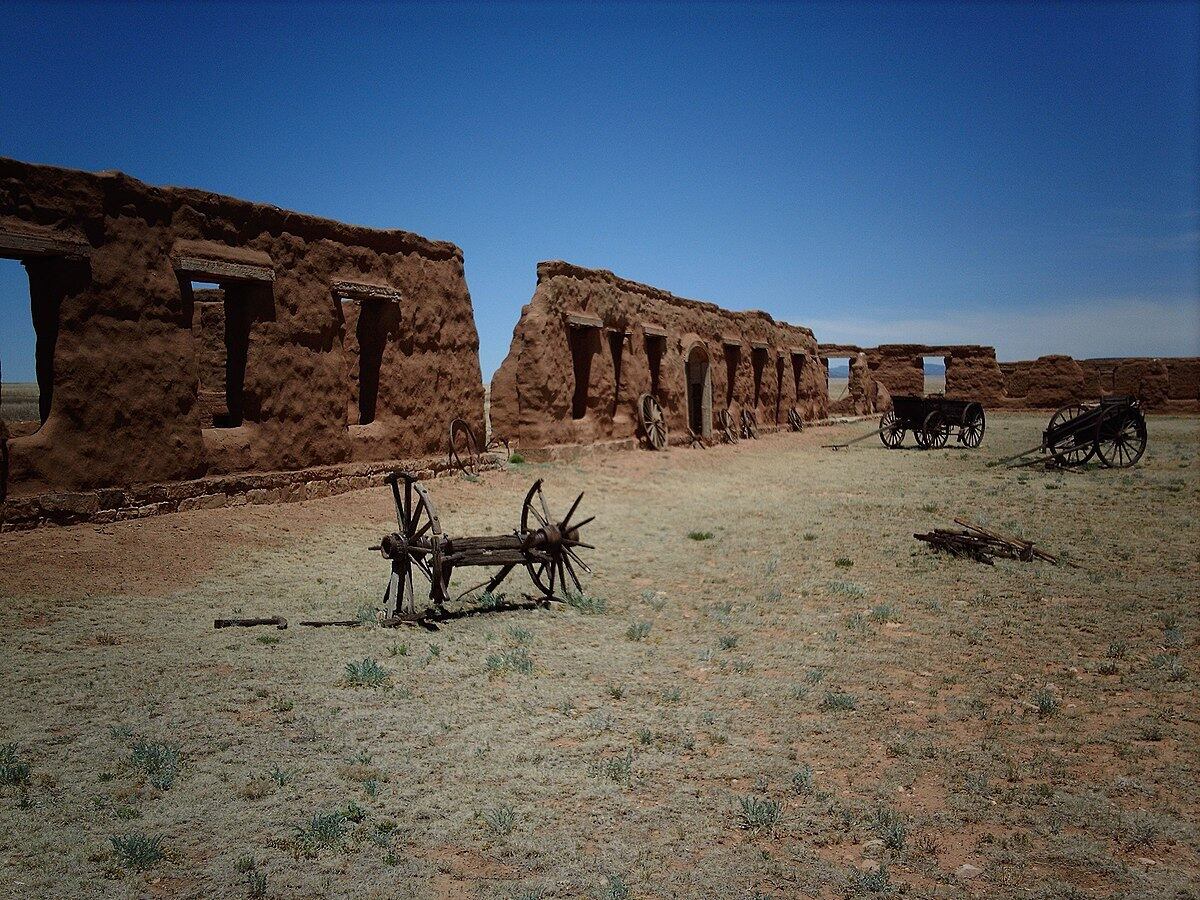Lost Trading Posts Of New Mexico’s Fort Union

Imagine stepping back in time to the days of the Old West, where dusty trails and rugged landscapes stretched as far as the eye could see. Fort Union in New Mexico was once a bustling hub for traders, soldiers, and travelers. This historic site played a vital role in the region's development, serving as a key military post and trading center. Today, the remnants of Fort Union offer a glimpse into the past, with ruins that whisper stories of long-gone days. Visitors can wander through the remains of adobe buildings, envisioning the lively exchanges that once took place. Whether you're a history buff or just curious about the Wild West, Fort Union's lost trading posts promise an intriguing journey into the past. Discover the rich history and cultural significance of this fascinating landmark, where the echoes of history still linger in the New Mexico air.
Discovering the Lost Trading Posts of New Mexico's Fort Union
Fort Union, a significant military outpost in New Mexico, played a crucial role in the history of the American Southwest. It wasn't just a military hub; it was a bustling center of trade and commerce. Many trading posts sprang up around it, serving as vital links between cultures and economies. Let's explore some of these forgotten trading posts that once thrived in the shadow of Fort Union.
1. Watrous
Watrous, a small settlement, was a key stop for traders and travelers. Located near the confluence of the Mora and Sapello Rivers, it provided a natural meeting point. Traders exchanged goods like wool, hides, and food supplies here. The town's strategic location made it a bustling hub during the height of Fort Union's activity.
2. Loma Parda
Loma Parda was known for its lively atmosphere. This trading post was famous for its saloons and dance halls, attracting soldiers and traders alike. It was a place where cultures mingled, and stories were shared. Despite its reputation for rowdiness, it was an essential part of the trading network around Fort Union.
3. La Junta
La Junta, meaning "the junction," was aptly named for its position at the meeting point of several trails. This trading post was a melting pot of cultures, with Native Americans, Mexicans, and Anglo settlers all coming together. Goods like blankets, tools, and food were commonly traded here, making it a vibrant center of commerce.
4. Las Vegas
Not to be confused with its more famous namesake, Las Vegas, New Mexico, was a bustling trading post in its own right. It served as a major stop on the Santa Fe Trail, connecting traders from the east with those in the southwest. The town's strategic location made it a vital part of the trading network, with goods flowing in and out regularly.
5. Tecolote
Tecolote, meaning "owl" in Spanish, was a small but significant trading post. It served as a crucial link between Fort Union and the surrounding communities. Traders here dealt in a variety of goods, from livestock to textiles. Its location along the Santa Fe Trail made it an important stop for travelers and traders alike.
6. Mora
Mora was a thriving agricultural community that also served as a trading post. Known for its fertile land, it was a key supplier of food to Fort Union and other nearby settlements. The town's farmers traded crops like corn, beans, and wheat, making it an essential part of the region's economy.
7. San Miguel del Vado
San Miguel del Vado was a historic trading post with deep roots in the region's history. It was one of the first settlements in New Mexico and served as a gateway for traders entering the territory. The town's strategic location along the Pecos River made it a vital part of the trading network, with goods flowing in from all directions.
Reflecting on New Mexico's Hidden History
Fort Union's lost trading posts offer a fascinating glimpse into New Mexico's past. These sites were once bustling centers of commerce and culture, connecting diverse communities. Today, they stand as silent witnesses to the region's rich history. Exploring these remnants provides a deeper understanding of the challenges and triumphs faced by those who lived and traded here.
Visiting these locations allows us to appreciate the resilience and ingenuity of the people who shaped this area. It's a chance to connect with history in a tangible way, walking the same paths and imagining the vibrant exchanges that once took place. Whether you're a history buff or just curious, these trading posts offer a unique opportunity to step back in time.
By preserving and studying these sites, we honor the legacy of those who came before us, ensuring their stories continue to inspire future generations.

